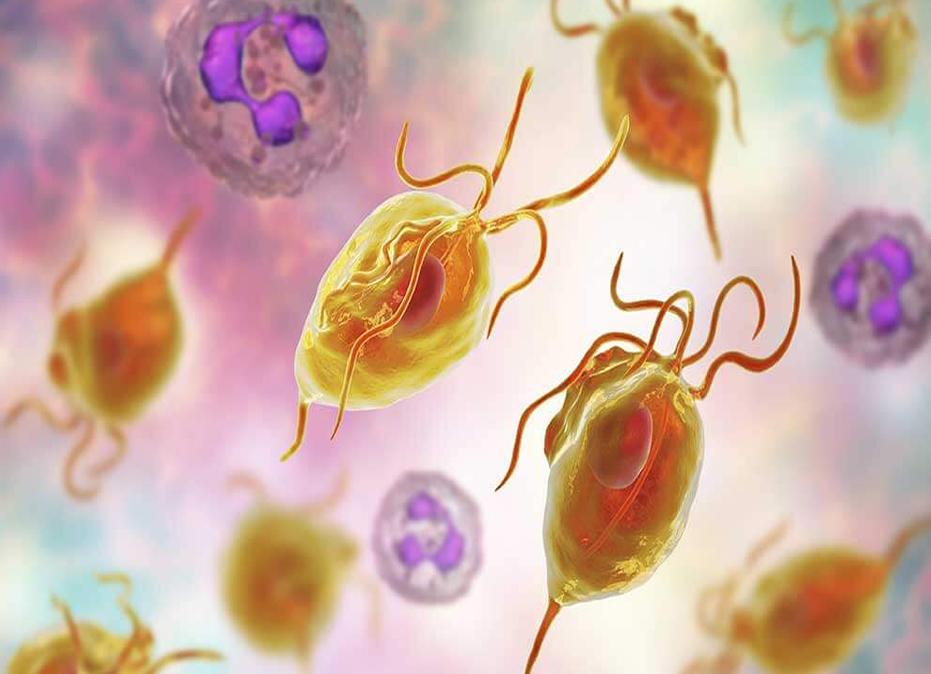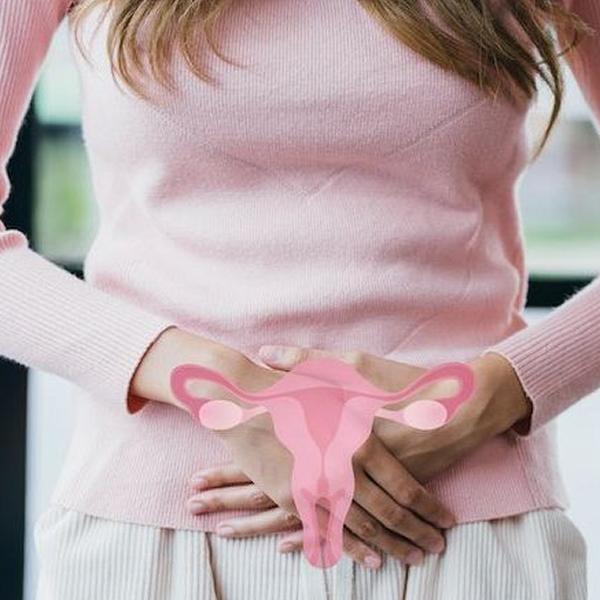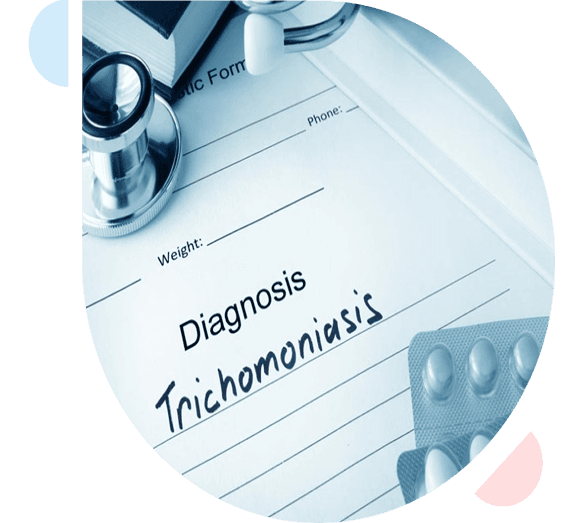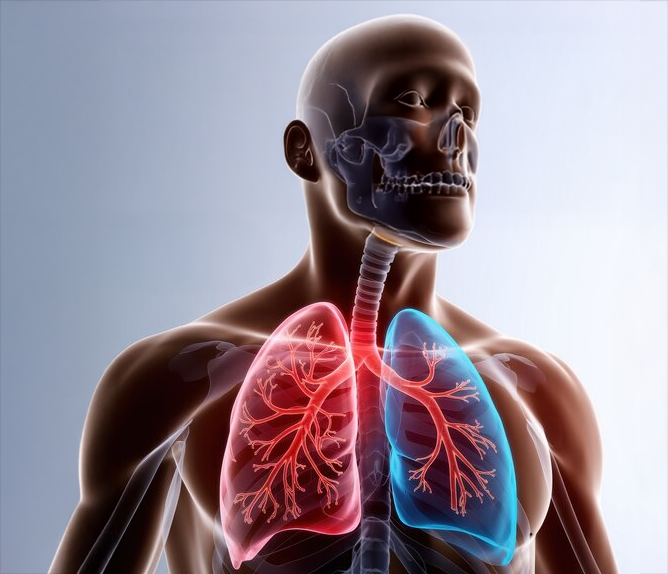Get 50% off your partner's consultation fee when you purchase a consultation.
As Seen In
Driving growth through partnerships
How The CareMD Works For You?
The CareMD is a telehealth platform that allows patients to consult with competent doctors from the convenience of their homes. The CareMD makes it easier to receive or refill prescription medications for common conditions like pink eye, STDs, ear infections, allergies, and many more.
No Appointment Necessary
If you need a prescription, there’s no need to wait. Just follow these simple steps to get treated today.
You've been exposed to multiple STDs and Not sure which STD to get treated for?
Don't worry, our board certified practitioners can prescribe a combination treatment option to treat the infection for multiple STDs. Simply click the link to select a combination treatment. This treatment will cost only $59.99.
What is Trichomoniasis?
Trichomoniasis (sometimes known as "trich") is a sexually transmitted disease (STD). Infection with the protozoan parasite Trichomonas vaginalis causes it. Although the disease has a variety of symptoms, most people who are afflicted are unaware that they are infected. You need them.


Transmission
During sex, the parasite is passed from an infected person to an uninfected person. The lower vaginal tract is the most often infected region of the body in women (vulva, vagina, cervix, or urethra). The inside of the penis is the most usually infected body part in men (urethra). The parasite normally travels from a penis to a vagina or from a vagina to a penis during intercourse. It can also be passed from one vagina to the next. The parasite seldom infects other bodily parts, such as the hands, mouth, or anus. It's not understood why some people with the virus experience symptoms while others don't. It most likely relies on a person's age and overall health. Even if a person is infected but has no symptoms, they can spread the sickness to others.
Prevention
STDs can only be avoided by avoiding having vaginal, anal, or oral intercourse.
If you are sexually active, you can reduce your risk of contracting trichomoniasis by doing the following:
- Use latex condoms correctly every time you have sex. This may reduce your risk of contracting trichomoniasis.
- Be in a long-term mutually monogamous relationship with a partner who has been tested and has negative STD test results.
Another option is to discuss the danger of STDs before having sex with a new partner. That way, you'll be able to make informed decisions regarding the level of risk you're willing to take with your sex life.
If you or someone you know has questions about trichomoniasis or any other STD, talk to a healthcare provider.


Symptoms in Men Include
- Abnormal discharge from penis
- Burning sensation when urinating or during ejaculation
- Itching inside of the penis

Symptoms in Women Include
- Abnormal vaginal clear, yellowish, greenish, or white discharge that has a foul fishy smell
- Burning sensation when urinating
- Itching and burning in the genital area

Treatment
When caught early, trichomoniasis is easily treated. It can develop to more serious genital irritation if left untreated.
The most commonly prescribed drugs for trichomoniasis are metronidazole and tinidazole, according to the CDC. Nausea, upset stomach, vomiting, diarrhea, and abdominal discomfort are the most prevalent side effects of both treatments
Ready To Start Treatment
Begin consultation to chat with an online doctor.




























